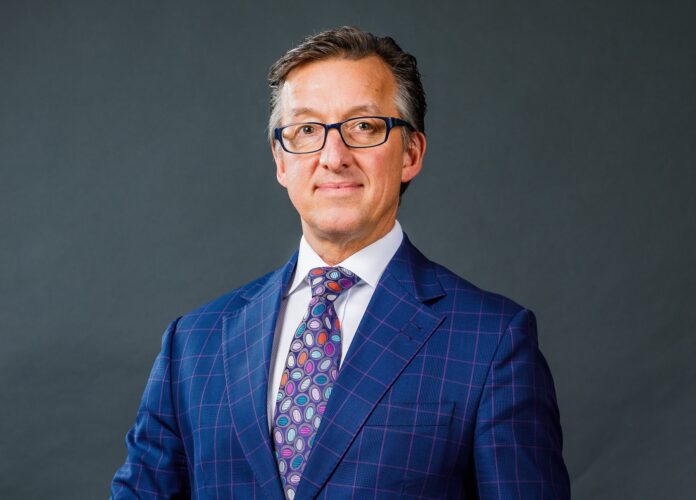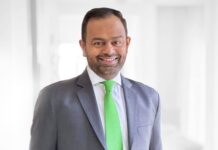
What is leading the increase in many of the world’s HNW and UHNW families to explore options for managing their wealth in the region?
The GCC region has seen significant economic growth over the past few decades, with many countries diversifying their economies away from oil and investing in infrastructure, education and healthcare. This has led to new investment opportunities and a more stable business environment, attracting many HNW and UHNW families to the region. Additionally, the GCC region has a favourable tax environment, making it an attractive destination for wealthy individuals seeking to optimise their tax liabilities. Another significant reason for the influx of HNWs in the region is its strategic location between Europe, Asia and Africa, making it an ideal hub for global citizens, investments and trade.
How are GCC wealth management services changing to meet growing demand?
Wealth management services in the Middle East are changing rapidly to meet growing demand for client-centric, advanced solutions in several ways. There is an increased focus on digital transformation, with many firms investing in technology to streamline their operations and improve client centricity. We embrace technology to enhance the experience, increase efficiencies, reduce costs, and to prove this point have launched our own platform to boot. Furthermore, there has also been a greater emphasis on offering a broader range of investment opportunities, including alternative investments such as private equity, ESG investing, hedge funds and real estate, especially in the HNW and UHNW space.
Are regional wealth management centres moving toward parity with established global wealth hubs?
Regional wealth management centers are moving towards parity with established global wealth hubs in terms of services offered, expertise, and reputation. While there is still some way to go before the region can match the depth and breadth of services offered by established global wealth hubs such as London, Zurich and New York, the GCC has made significant progress in recent years. This is due increased investment in talent development, technology and infrastructure, as well as a growing focus on improving regulatory standards and client experience.
The UAE in particular has been a key player in shaping the wealth hub in the Middle East. In 2021, the region’s financial wealth grew by 20%, compared to the global average of 11%. UHNWIs and Family Offices accounted for approximately 41% of this wealth, with projections indicating that this figure is expected to rise to 46% by 2026. As more UHNW families consider the UAE as a potential home for their Family Offices, this trend is expected to continue, with a significant surge in wealth anticipated in the near future. This has been reinforced by innovative developments to support this trend in the DIFC and ADGM.
How are clients’ needs or values changing as newer generations settle into HNW brackets?
One of the biggest changes that younger HNW clients are driving is a focus on sustainability and social impact. A UBS report found that 69% of wealthy millennials prioritise investing in companies that are making a positive social or environmental impact, compared to just 23% of baby boomers. This shift towards sustainable and impact investing is also reflected in the growth of ESG investing, which is becoming increasingly popular among younger HNW clients. Another area where younger HNW clients are driving change is in bespoke services. These clients are used to the convenience and personalisation offered by technology and expect the same level of service from their wealth managers. According to a report by Capgemini, 59% of HNW clients under the age of 40 expect personalised services from their wealth managers, compared to just 33% of those over 60. As the next generation of wealthy clients become increasingly important, it is important for wealth management firms to stay ahead of the curve and provide the services and products that their clients demand.
What do you think have been the top benefits of technology and digitisation in regional wealth management and private banking?
- Digital platforms have made it easier for wealth managers and private banks to collect data on their clients and provide tailored advice, recommendations, onboarding and AML/KYC.
- This helps improve client satisfaction and retention rates, as well as increase the likelihood of cross-selling (i.e., investments, insurance, legal, trust etc.)
- Ability to provide access to a wider range of global investment options. This allows clients to diversify their portfolios and reduce their exposure to regional and correlating risks.
- Automation of processes such as account opening, document management, and transaction processing has reduced manual errors and increased productivity. This has also allowed for lower fees and charges, making wealth management and private banking services more accessible to a wider range of clients.










